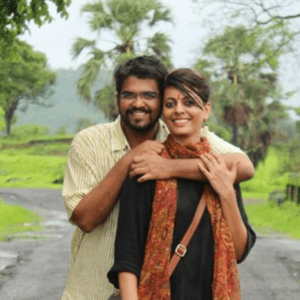Introduction:
The LGBTQIA+ community and supporters across India are awaiting a historic moment as the Supreme Court of India prepares to deliver its judgment on the legal recognition of same-sex marriages. This groundbreaking decision is the culmination of a prolonged legal battle, marking a significant stride toward achieving equality and acknowledgment for LGBTQIA+ individuals.
The Constitutional Bench:
On May 11, the constitution bench, led by Chief Justice DY Chandrachud, and accompanied by Justices S K Kaul, S R Bhat, Hima Kohli, and P S Narasimha, reserved its verdict after an exhaustive 10-day hearing. The forthcoming judgment carries profound implications and has the potential to reshape the legal landscape surrounding marriage in India.
Advocating Equality Rights:
Throughout the hearing, the petitioners, represented by prominent senior advocates such as Mukul Rohatgi, Abhishek Manu Singhvi, Raju Ramachandran, Anand Grover, Geeta Luthra, KV Viswanathan, Saurabh Kirpal, and Menaka Guruswamy, passionately underscored the significance of acknowledging the equality rights of the LGBTQIA+ community. They argued that it is imperative for the State to recognize same-sex unions, affording them the same legal and societal standing enjoyed by heterosexual couples.
The Death of Creativity’s LearnA Stride Towards Equality:
The impending judgment not only holds immense legal weight but also signifies a remarkable milestone in the ongoing battle for LGBTQIA+ rights in India. For years, the LGBTQIA+ community has been advocating for the validation of their unions and equal treatment under the law. The verdict has the potential to reaffirm the core principle of equality and inclusivity within the legal framework.ing Curve

Awaiting the Outcome:
The nation, particularly the LGBTQIA+ community, is in eager anticipation of the Supreme Court’s verdict on this matter. Regardless of the decision, this case has undoubtedly brought to the forefront the significance of equal rights and recognition for same-sex couples in India.
Of course, behind the scenes, the machine learning engines that drive AI creation were trained using millions of pieces of content from real artists, many of whom never consented to have their work used in that way. To correct this, I anticipate a series of regulations, evolutions in copyright law, new walled gardens and token-gated portfolio experiences, and new compensation models for artists that opt-in and/or allow the use of their style for GenerativeAI purposes.
Check out for more articles HERE



















What do you think?
It is nice to know your opinion. Leave a comment.